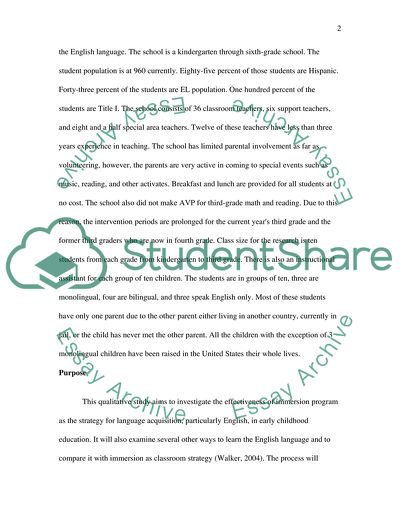Cite this document
(“Early Childhood Education Essay Example | Topics and Well Written Essays - 3500 words”, n.d.)
Early Childhood Education Essay Example | Topics and Well Written Essays - 3500 words. Retrieved from https://studentshare.org/education/1581909-early-childhood-education
Early Childhood Education Essay Example | Topics and Well Written Essays - 3500 words. Retrieved from https://studentshare.org/education/1581909-early-childhood-education
(Early Childhood Education Essay Example | Topics and Well Written Essays - 3500 Words)
Early Childhood Education Essay Example | Topics and Well Written Essays - 3500 Words. https://studentshare.org/education/1581909-early-childhood-education.
Early Childhood Education Essay Example | Topics and Well Written Essays - 3500 Words. https://studentshare.org/education/1581909-early-childhood-education.
“Early Childhood Education Essay Example | Topics and Well Written Essays - 3500 Words”, n.d. https://studentshare.org/education/1581909-early-childhood-education.


